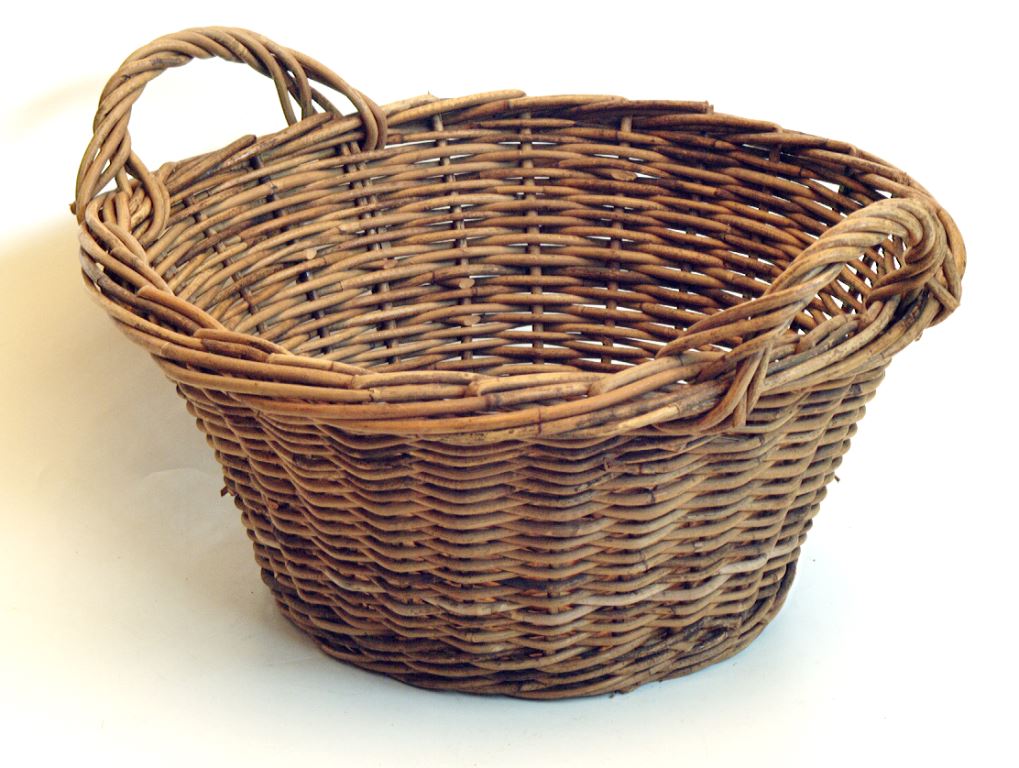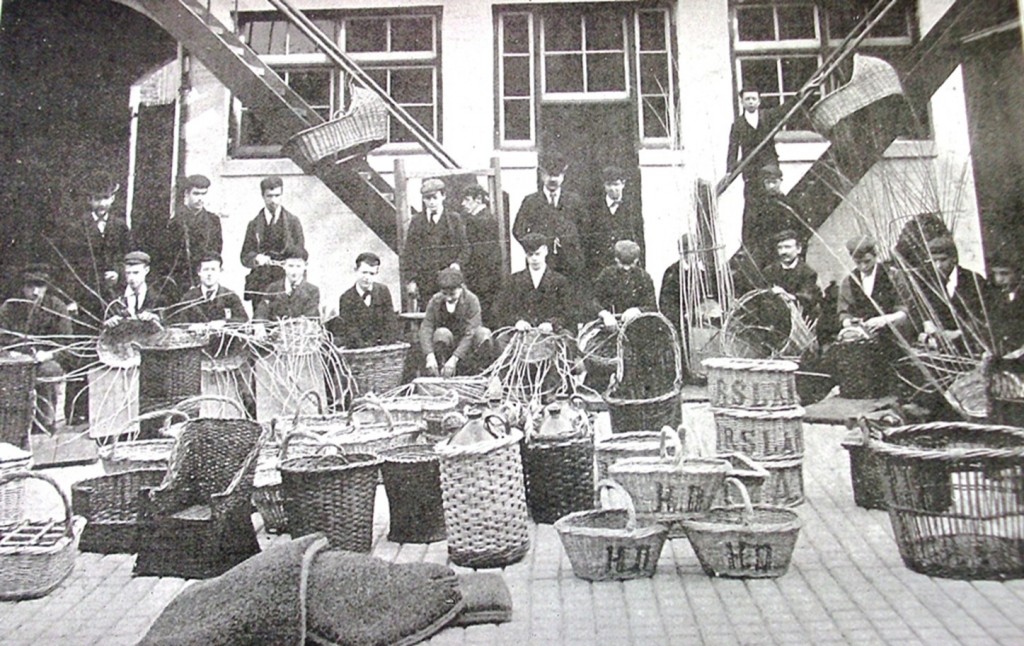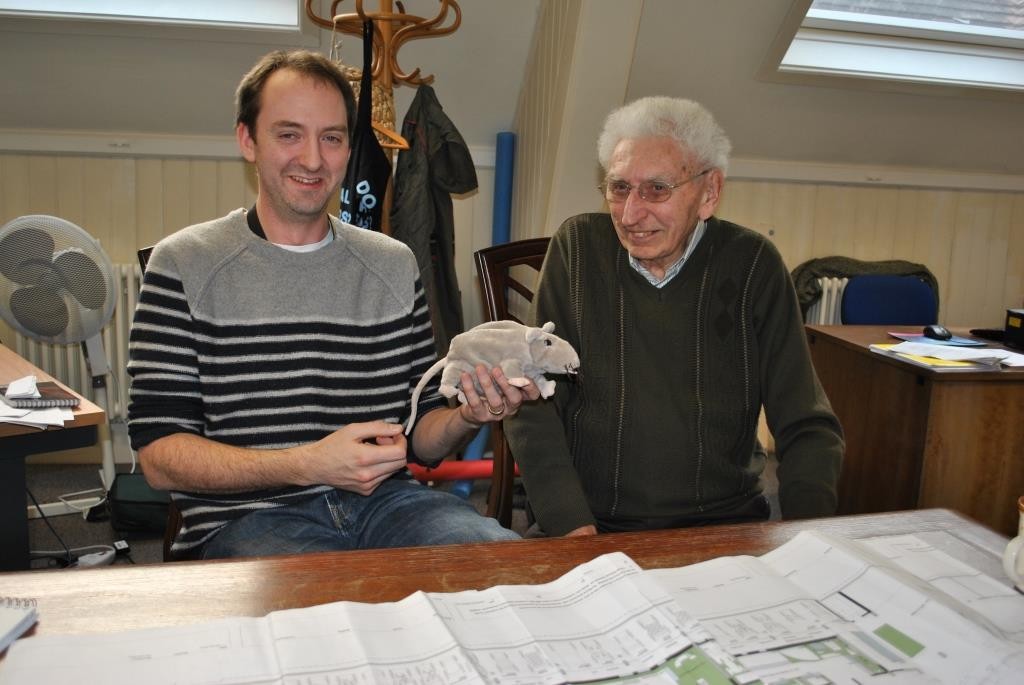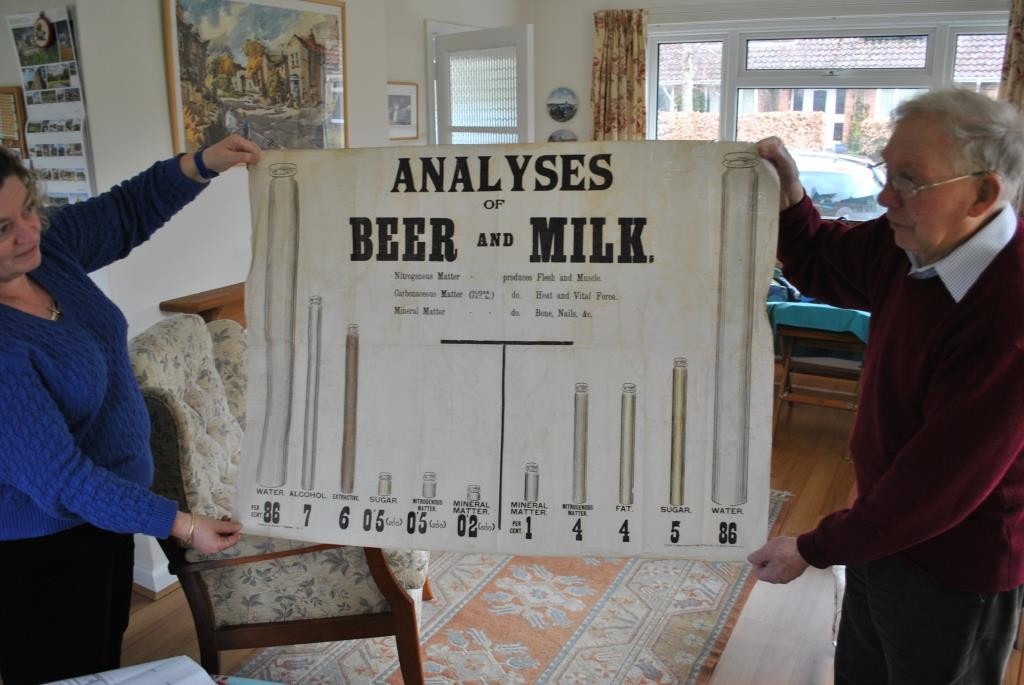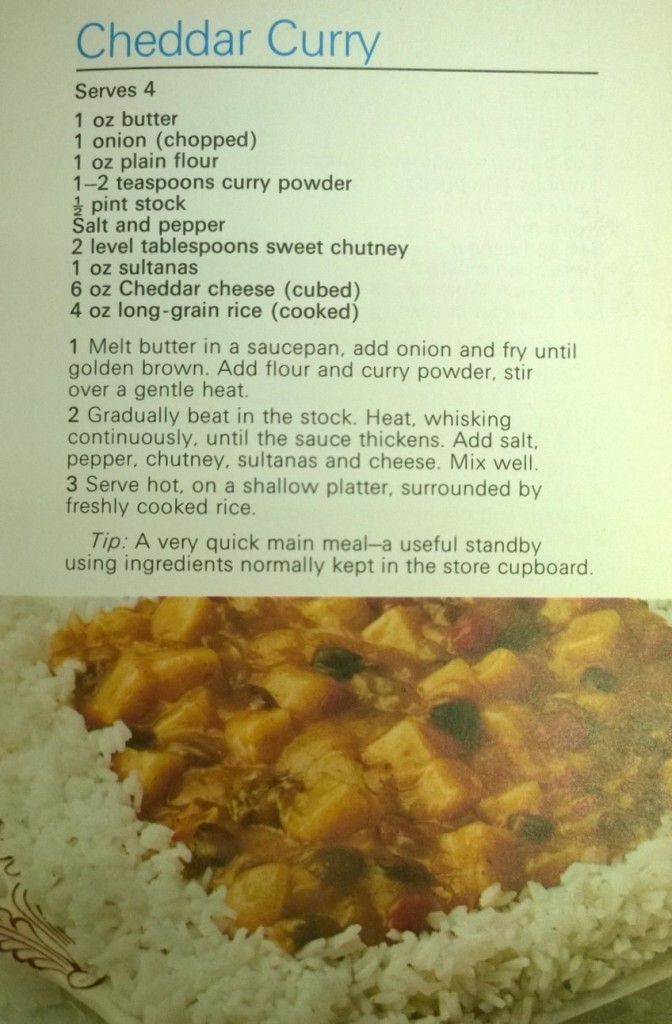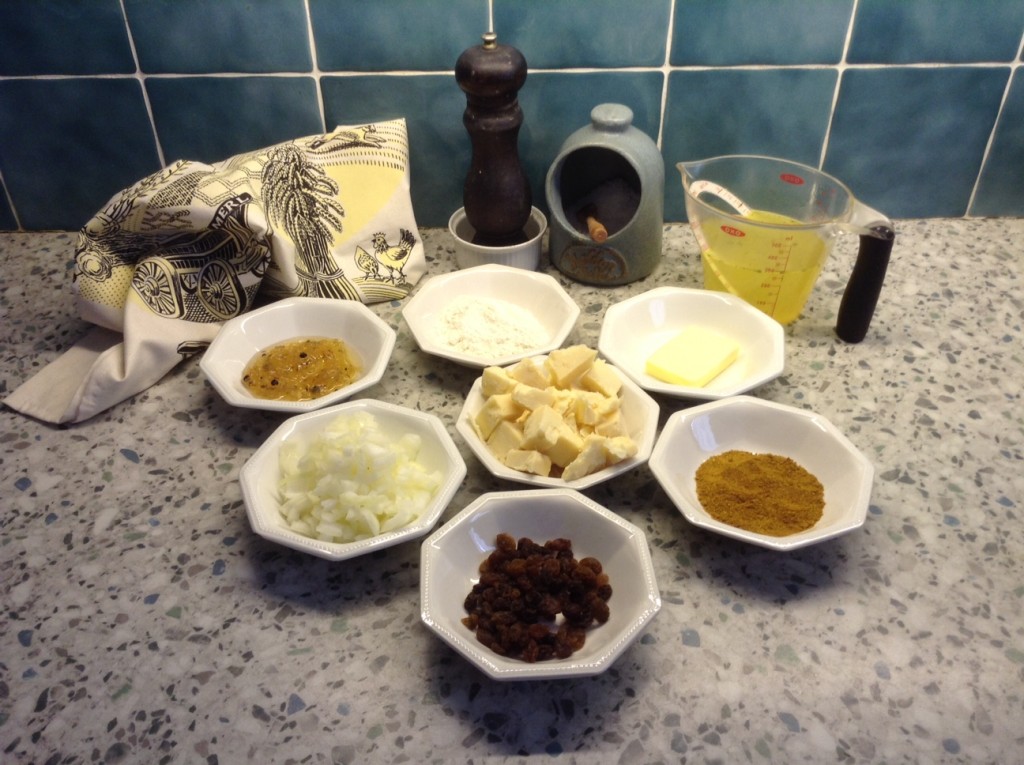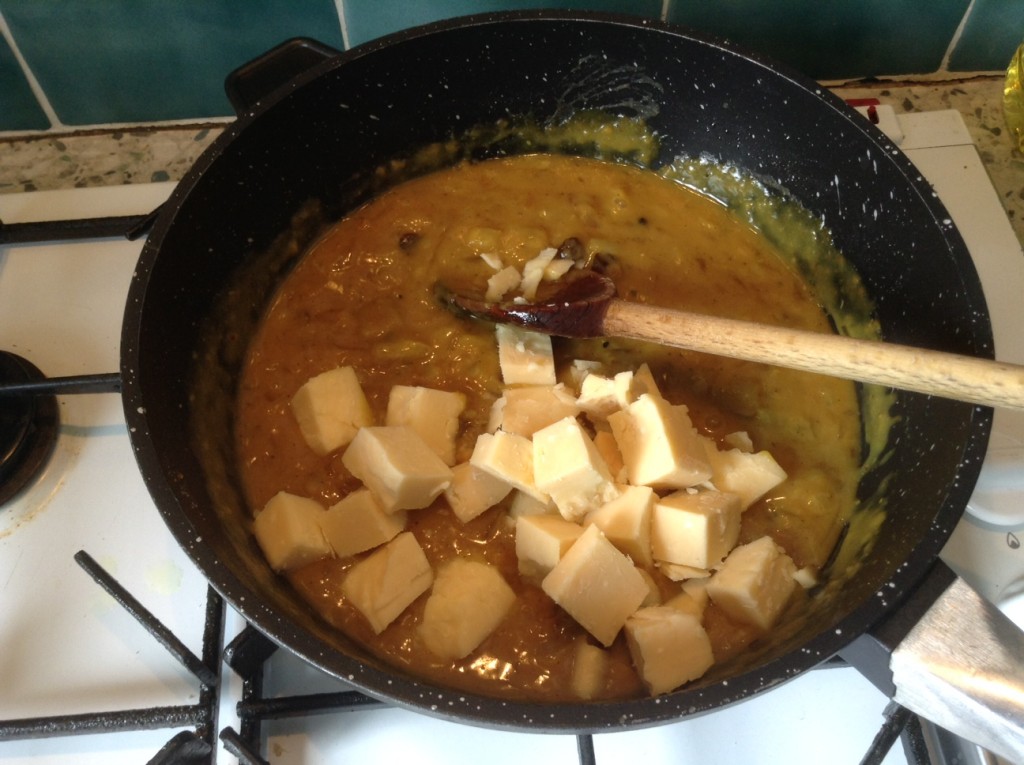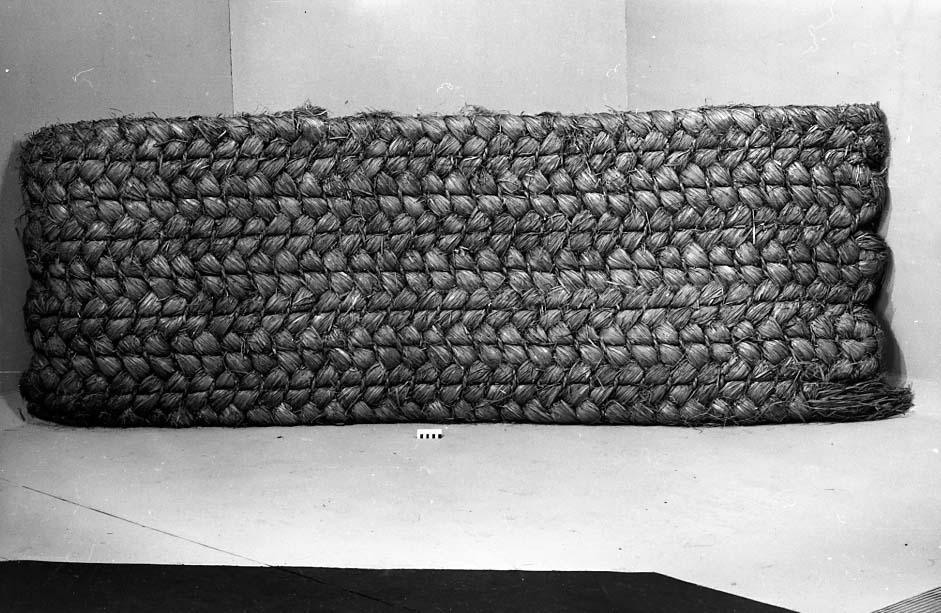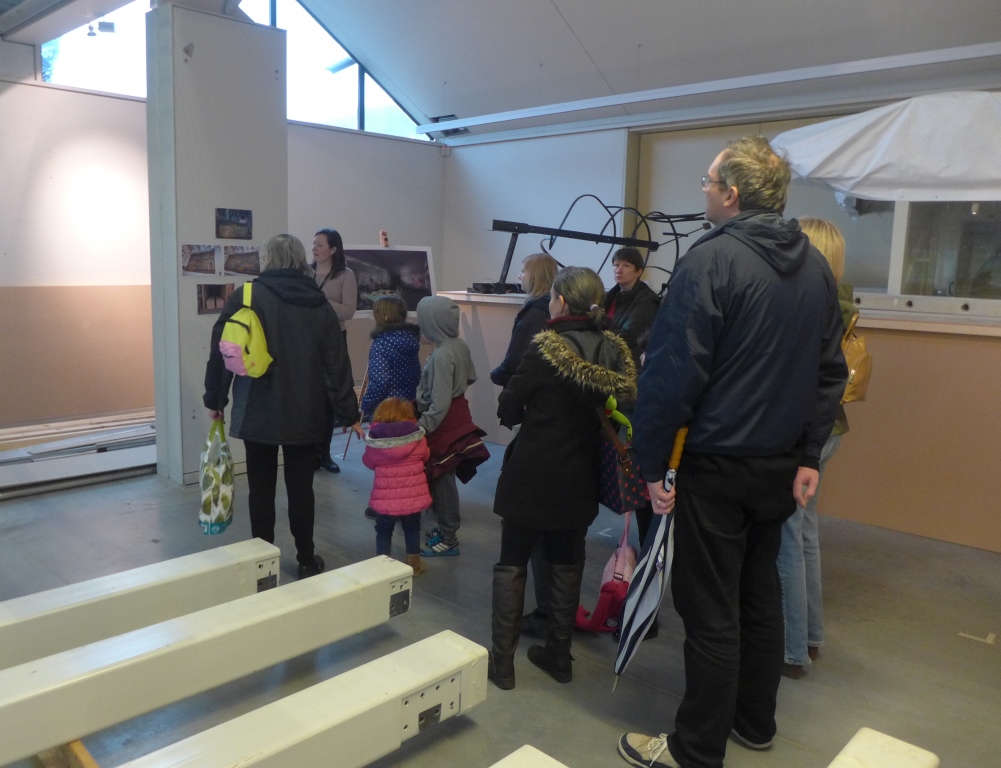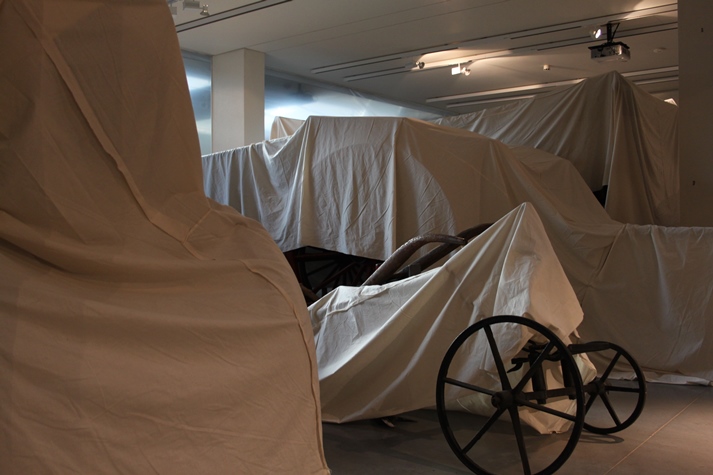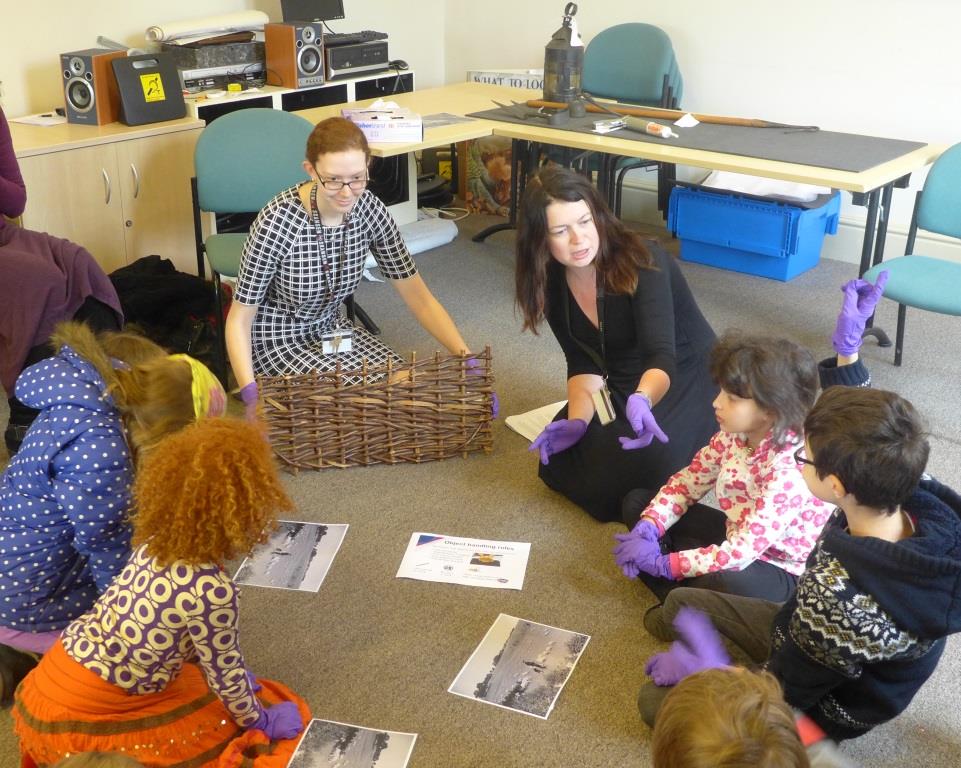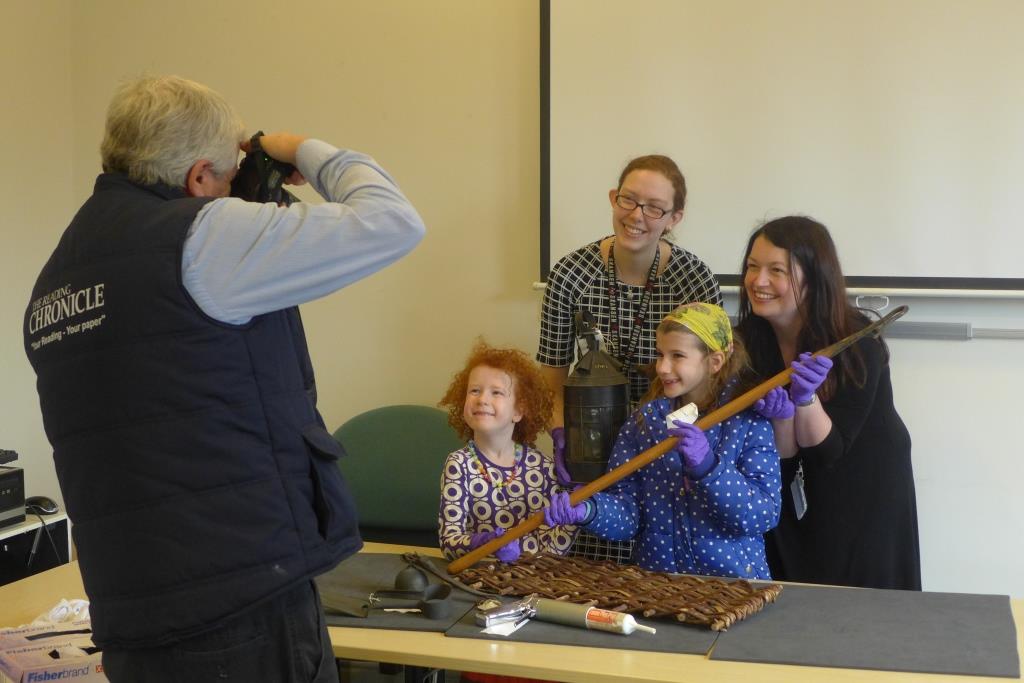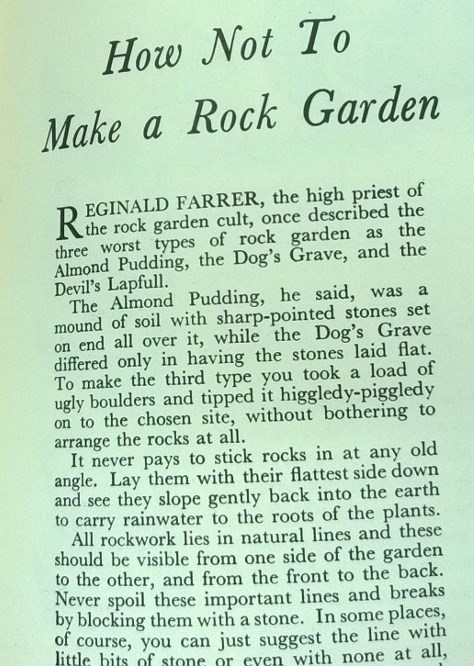One of the most interesting aspects to the museum’s redevelopment is that we are having many conversations with different people from diverse and varied backgrounds. All of these discussions are helping us shape the museum’s future. Audience Development Project Manager, Phillippa Heath, gives an update on one of our discussion forums: the Student Panel.
As the new academic year gets underway, it is an ideal time to begin our preparations for the forthcoming meetings of the MERL Student Panel and reflect on the discussions we have had to date.
Having begun in 2013 when we recruited students to devise and manage a 1951 Vintage Night event for Museums at Night, the MERL Student Panel has continued to go from strength to strength. With the museum’s redevelopment, our panel has been involved in and had their say on lots of different aspects of the museum’s work. Discussions around our new displays, how we are planning to interpret our collections, museum interactives and museum facilities are all helping inform how we shape the museum for all our visitors but, in particular, those aged between 18 and 25.
Although many members of our MERL Student Panel are students at the University of Reading, this is not a prerequisite for membership and the panel is open to anyone between the age of 18 and 25. It is a great way of meeting new people and developing experience and transferable skills in diverse areas including communication, event and project management. Members also learn about work in the heritage sector generally. For many of the individuals on the panel, membership is rewarding and fulfilling. One of our members, for example, said:
“It has been a great chance to see and be involved in what goes on behind the museum scenes. To see how processes go on and to be a part of the redesign and gain an insight has been a privilege…. I didn’t realise how much of a contribution the students would be able to have.”
This year, for the first time, membership of the panel can count towards the University’s Red Award (the University’s employability and skills certificate).
Our meetings will be commencing on October 14th and we are looking forward to our panel members getting involved in lots of aspects of our work over the year such as marketing, events planning to preparing for the museum’s reopening in 2016. We are also recruiting new members!
There is a lot to do during what will be a really exciting time for the museum as we prepare to reopen in 2016.
If you, or anyone you know, may be interested in becoming a member we would love to hear from you. Please email me (Phillippa) on p.heath2@reading.ac.uk for more information.




